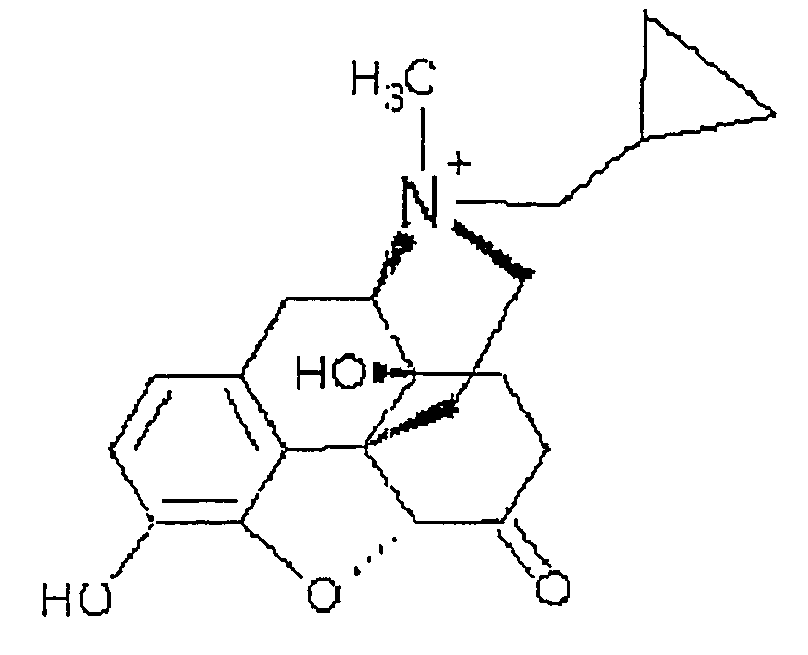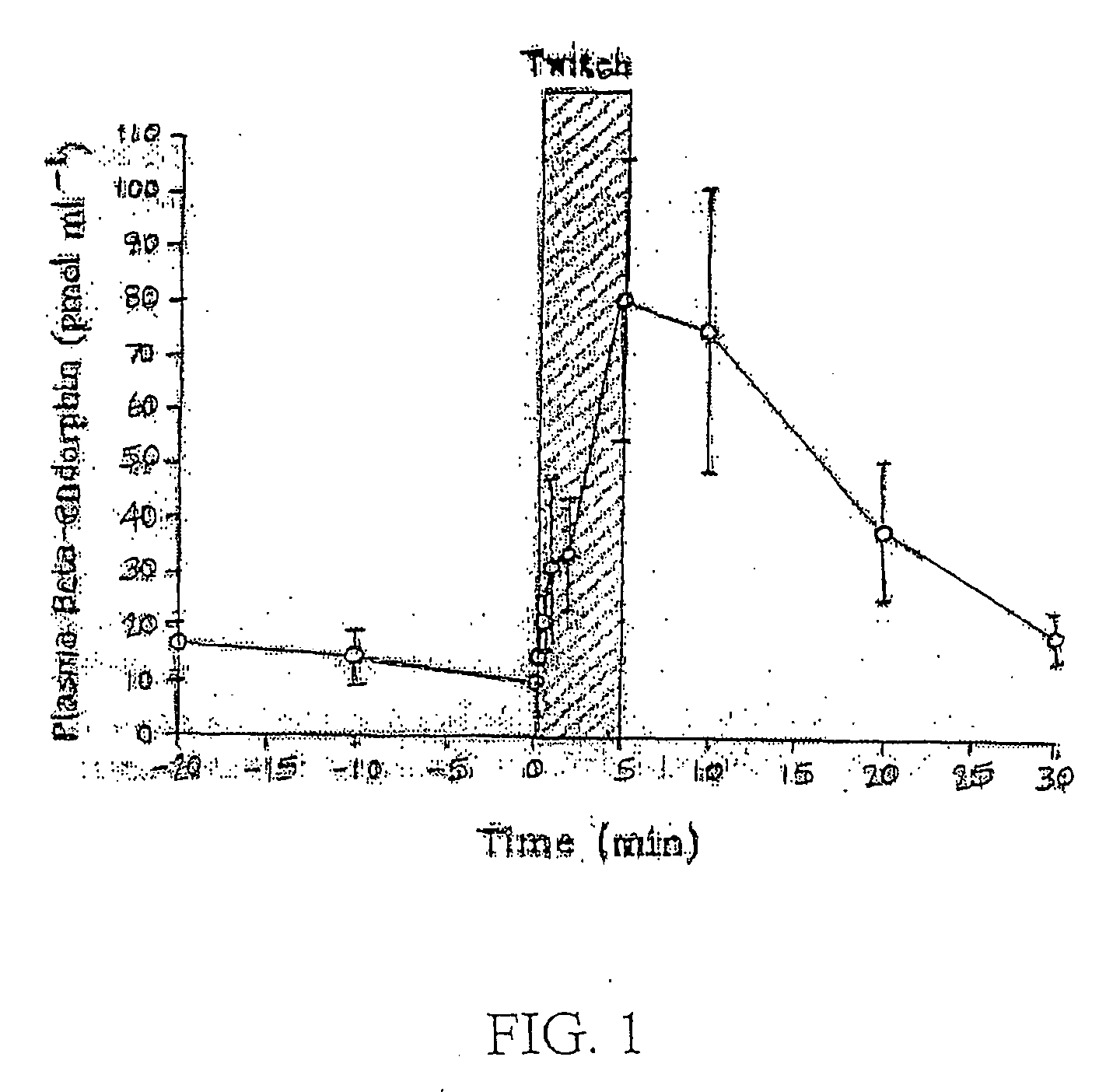Use of methylnaltrexone in treating gastrointestinal dysfunction in equines
a technology of methylnaltrexone and equine, which is applied in the field of equine medicine, can solve the problems of affecting the function of equine gastrointestinal motility, affecting the health of horses, and affecting the ability of horses to function normally, so as to relieve the inhibition of gastrointestinal motility, relieve the pain-reducing effect of opioids, and maintain the effect of pain-reducing effects
- Summary
- Abstract
- Description
- Claims
- Application Information
AI Technical Summary
Benefits of technology
Problems solved by technology
Method used
Image
Examples
Embodiment Construction
[0029] The invention and its various features and advantages are explained more fully with reference to the nonlimiting embodiments that are illustrated in the accompanying drawings and detailed in the following description. Various substitutions, modifications, additions and / or rearrangements within the spirit and / or scope of the underlying inventive concept will become apparent to those skilled in the art from this disclosure.
[0030] I. Colic and Other Gastrointestinal Dysfunctions
[0031] Some form of colic affects approximately 10% of horses every year. The main causes of colic are intestinal distension and reduced blood supply to the intestinal tract. Peristalsis of the intestine is reduced and distention will occur due to reduced movement and absorption of water and nutrients. The pressure that results from this lack of passage of material through the digestive system results in a reflex action, which causes adjoining areas to contract in spasm. Distension and reduced blood flo...
PUM
| Property | Measurement | Unit |
|---|---|---|
| body weight | aaaaa | aaaaa |
| pKa | aaaaa | aaaaa |
| pKa | aaaaa | aaaaa |
Abstract
Description
Claims
Application Information
 Login to View More
Login to View More - R&D
- Intellectual Property
- Life Sciences
- Materials
- Tech Scout
- Unparalleled Data Quality
- Higher Quality Content
- 60% Fewer Hallucinations
Browse by: Latest US Patents, China's latest patents, Technical Efficacy Thesaurus, Application Domain, Technology Topic, Popular Technical Reports.
© 2025 PatSnap. All rights reserved.Legal|Privacy policy|Modern Slavery Act Transparency Statement|Sitemap|About US| Contact US: help@patsnap.com



